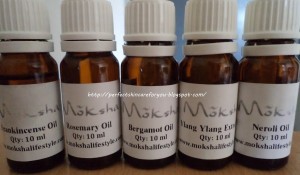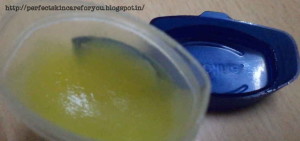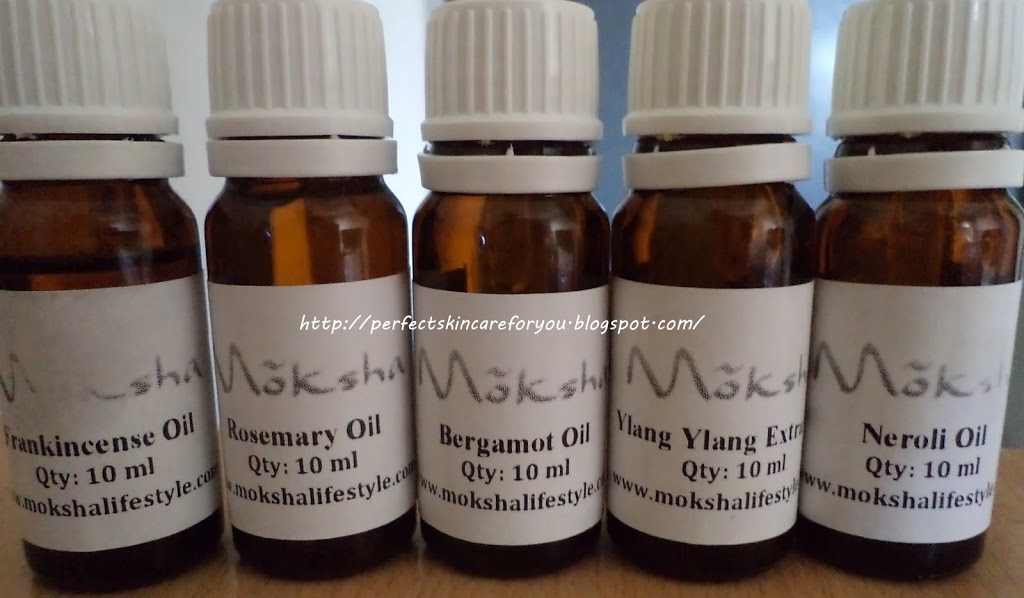So, last three weeks, I had discussed and elaborated on my efforts on perfume making at home. Today, I wanted to talk about some of my mistakes and shortcomings in the whole process and what I have learned from them.
This is a very important point. Whenever you are going to buy EO’s or in fact, going to blend them, always make sure that all the EO’s you are going to use do blend with each other harmoniously. For example, when I decided to buy the first 5 EO’s, I had checked out their profiles very carefully from MountainRoseHerbs.com [go to the Essential Oils and click on Learn More for further information].
I got for myself – Bergamot, Rosemary, Neroli, Ylang Ylang and Frankincense. And, then, I decided to do a blend of all the 5 EO’s together. After I had made the blend, I sensed that something was wrong because nothing was blending well and then, I checked out the profiles once more and found out that Rosemary doesn’t go with any of the others so the blend was fruitless.
So, when you are going to try any new blend, you should definitely keep this in mind.
Ways to try out new blends
EO’s don’t really come cheap so there are a few tips which might help you.
- If you think about a promising blend, take those EO’s and open their caps and inhale their scents together and see if you find the aroma promising. This is a little of hit and miss so I tried out the next tip.
- Use cotton ear buds. Fit them in the EO’s nozzle and take out a drop of the EO. Put it in a small glass tub. Do the same with all the EO’s you want in your blend. Use separate buds for each EO. You can also cut the buds in the middle. Keep all the buds in the glass jar and keep it ina dark place for 48 hours. Take it out and sniff the aroma. If you like it, you can proceed with the blending.
Either of these methods save the wastage.
Disadvantages of Homemade Perfume Making
Ok, what I found out was that the longer you keep the blend, the stronger the perfume becomes. But, application of perfume oil is really difficult. You either need a dabber or a roll-on otherwise the oil doesn’t get applied smoothly. So, always think about packaging before hand. Same problem went with the solid perfume too. The applicators are easy to apply otherwise you have to use the fingers to apply.
Another issue which I faced was how long the perfume stays on me. And, this is quite a concern. And, I really need to work on making my perfume oils stay long enough. As of now, I am not really happy with it because a lot of factors affect this. But, still I do want to keep the perfume oil on my skin for entire day or at least half a day and I am not yet sure how far have I come in this endeavor.
So, this finishes my DIY series on perfume making. I shall keep updating whenever I find something significant to report. And, hope you liked the series and it has intrigued you enough to try out this interesting DIY for yourself 🙂Previous Posts in the series:
How to make Perfume Oil at home? (Part I)
How to make Perfume Oil at home? (Part II)
How to make Solid Perfume at home? (Part III)
How to make Perfume Oil at home? (Part I)
How to make Perfume Oil at home? (Part II)
How to make Solid Perfume at home? (Part III)


